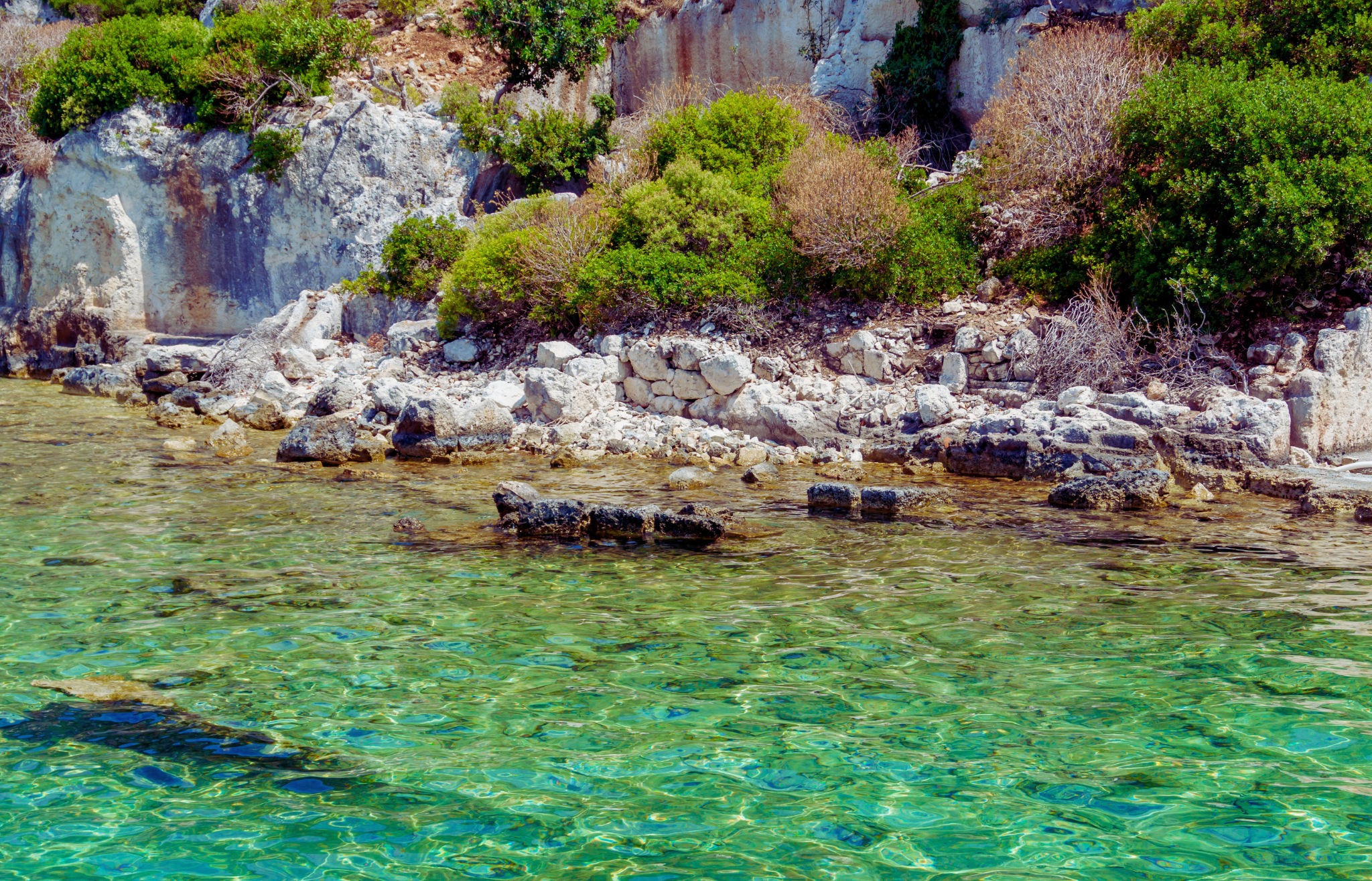Sunken City of San Pedro is one of the most mysterious and visually fabulous destination spots in California, located on the southern California coast. With crumbling ruins, surfaces full of graffiti, and breathtaking views over the Pacific Ocean, it has attracted the curiosity of urban explorers, artists, and tourists. This interesting site is a blend of natural disaster, human neglect, and modern subculture. Here, history, nature, and art converge, making it a great spot for those who are looking for something more than the routine tourist places.
History of the Sunken City
According to the history behind the Sunken City, it was developed since the 1920s. Back then, San Pedro was an upcoming coastal town and Point Fermin was a prime area for building new homes. Scores of houses have been built on top of cliffs overlooking the ocean. And when the storm hits, the location becomes dangerous.
A great landslide moved earth in 1929, sliding a large section of the cliff into the Pacific Ocean. Houses and streets, utility lines as well as much of the infrastructure, were reduced to rubble and, in effect, sank into the Pacific. This disaster rendered the area unstable and marked it for abandonment. The city condemned the land, and what remained of the neighborhood went back to crumbling. It was over time that what used to be a community of homes became an eerie, broken landscape of cracked streets, twisted metal, and displaced chunks of concrete.
Despite stabilization efforts and attempts to pin down the landmass to prevent its further erosion, the site has continued to deteriorate, and much of it is now in ruins. There is a broken landscape of slabs of concrete, twisted rebar, and graffiti-covered ruins-a neighborhood lost in the juggernaut forces of nature.
Why is the Sunken City So Captivating?
To many, the Sunken City is much more than a relic of a natural calamity; it represents the might of nature and how transient human endeavors can be. The contrast between built structures being claimed by nature is hauntingly beautiful and had visitors coming in from all around.
Vibrant graffiti dominates nearly every surface of Sunken City. Due to time, desperate artists converted the crumbling concrete into an immense canvas, adding the flavor of urban culture to the ancient and historical ruins. Such beautiful, contrasting colors create an evolving and dynamic setting where art and history mix together.
Sunken City has also become a very popular destination for urban explorers-those who find abandoned or forgotten places to document and experience firsthand. With the steep cliffs of its perilous earth and with its isolation, it poses an element of danger and this is probably part of its thrills for thrill-seekers.
Is Visiting Sunken City Legal?
While the Sunken City may appear to be an exciting place of exploration, technically, it’s off-limits to the general public. The structure was considered dangerous and closed to visitors out of concern for safety risks from hanging cliffsides and crumbling, falling-down structures. The people still visit the site, climbing over fences or finding another entrance into the area.
While the local authorities have tried enforcing the rules through fines and patrol increase, it still attracts many tourists to visit this Sunken City. Its visitors should be aware of dangers about safety and consequences of the law. For many years, most explorers tried to preserve the area without trace, but others have caused deterioration and litter or damaged the structure.
The Attraction of Ruins and Abandoned Sites
Sunken City is part of a broader interest in ruins and abandoned sites. Chernobyl and Pripyat, those abandoned factories in Detroit, have become tourist and explorer destinations all over the globe. They give a glimpse into the past and remind us, at the same time, of how all human civilization is impermanent.
In many ways, Sunken City forms a microcosm of this phenomenon. Its ruins reveal a lost community swallowed by natural forces, reminding us how impermanent our constructions are in comparison to the gigantic power of nature. The crumbling streets and displaced infrastructure call forth poignant testimony as to how quickly an area that was once bustling can become a relic of forgotten history.
The Interstice of Art and Ruin
What is interesting about Sunken City is the manner in which it has come alive in the world of art. For example, graffiti artists have turned this open field into a sort of exhibition of art. Each concrete slab and broken utility line has colorful intricate designs painted on them. As graffiti constantly changes, the two experiences you will likely have visiting the Sunken City -what may have been once a blank wall- might be a vibrant mural one day, or completely new piece the following day.
Ruins like Sunken City are translated into artistic space; this is not exclusive to Sunken City, but what is extraordinary is how an artistic transformation intermingles with decay in the city. The ruins are made into an exhibition canvas; the art gives meaning to what otherwise is a complex site. In some way, graffiti breathes new life into this deserted place by changing it into a place of creativity instead of merely a relic of disaster.
Fragile Landscape
Beautiful, culturally significant, but fragile, the Sunken City is an environment that continues to erode with the cliffs. Every year, the remains become more unstable. While one can see this as being part of the beautyan ever-changing landscape that tells time-it also raises the question of how to best preserve the site for future generations.
Plans have been laid to treat it as a protected park or a historical site, but so far, they have not come into effect. Meanwhile, the Sunken City stays in limbo, moving slowly into the sea while artists, explorers, and curious visitors pour their mark onto this hauntingly beautiful landscape.
Conclusion
The Sunken City is a place where history, nature, and art converge. Its ruins tell a story of disaster and decay but represent resilience, creativity, and the lasting fascination for forgotten places. So uncertain is its future, but the Sunken City still conquers the imagination of everyone who has come through the gates, reminding us of the fragile balance between human development and the forces of nature. As one to be admired because of its beauty, its history, or its art, the Sunken City remains a precious secret and continues to inspire and captivate people.







